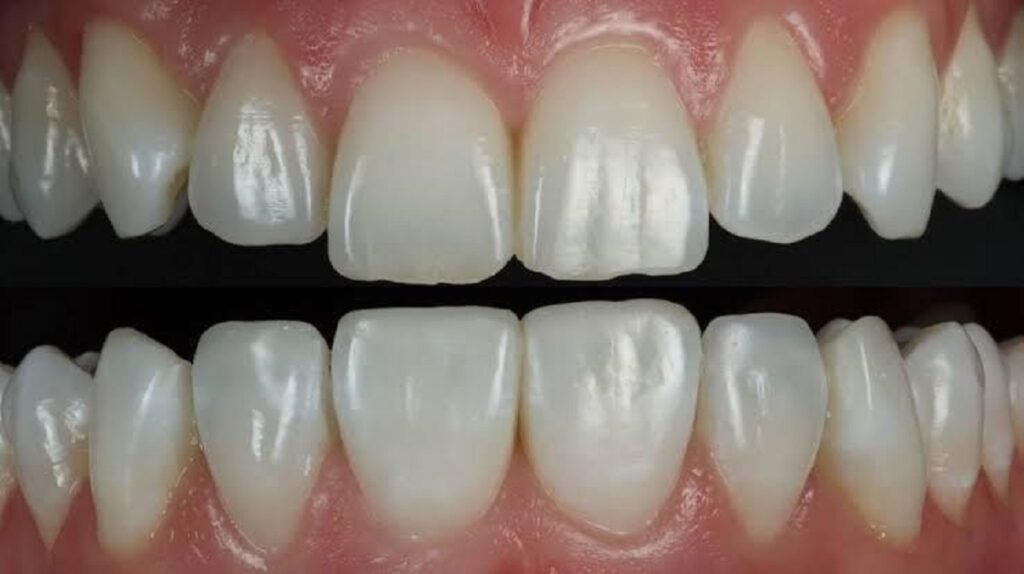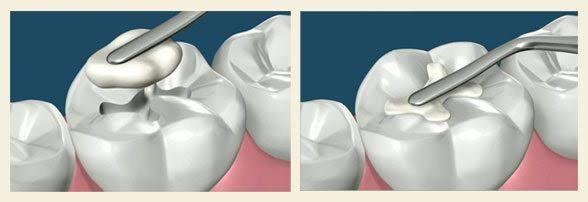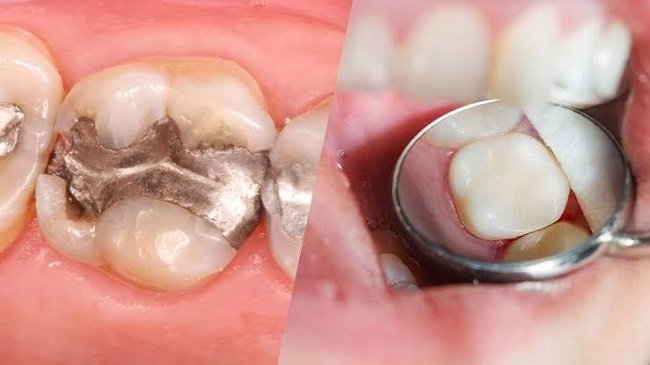A question many dental professionals have is, How strong is dental resin? This question matters because patients expect equal parts durability and aesthetics. Brands like Aidite have played a pivotal role in dental performance, updating for restorative work for the long haul. Understanding how strong are composite fillings on front teeth, whether you are restoring front teeth or comparing materials, knowing the strength of dental resin helps you make better choices for patient care.

How Strong Is Dental Resin?
How durable are composite fillings? Formulation should be kept in mind, and the strength is still approximately 250–400 MPa compressive.
Things that show the strength of resin:
- Compressive Strength: It can withstand the average human daily biting pressure, maximizing functional stability.
- Tensile Strength: Resistance to pulling and stretching forces, eg, incisal edges and cervical restorations
- Thermal Resistance: Does not suffer from hot/cold food and drink temperature extremes.
- Bond Strength: Current bonding systems, especially when used in conjunction with Aidite resins, produce a sealed interface that resists marginal breakdown.
- Flexural Strength: Similar to flexural strength, the dental resin is also resistant to directed forces, making it suitable for load-bearing restorations.
- Resistant to Shearing: When properly bonded, the resin will hold up against side pressure chipping.
- Resistant to Wear: Composite resin can last many years of chewing without much wear
- Long-lasting: With proper care, resin restorations can last a decade or more.
Now, are resin fillings as strong as teeth? Durable enough to handle front teeth and premolars and restore molars as well.
Are Resin Fillings as Strong as Teeth?
Resin fillings do perform very well, but they are softer than enamel. Excessive biting forces or coping pressure on hard objects can chip or separate them from the tooth. But resin fillings can be made to mimic the strength and elasticity of natural teeth precisely when they use quality materials such as Aidite composite resins, and you place the resin appropriately (best use is in the anterior teeth and in moderate posterior teeth).
This chemical bonding to tooth structure gives added toughness and stability to the durability of the bonded restoration, and it also functions very well during normal chewing force.

Why Choose Aidite Dental Resin?
Aidite Dental Resin is one of Aidite flagship products, specifically designed for durability, aesthetics, and easy application. It is intended for use in both anterior and posterior restorations and has shown reliable performance in day-to-day routine clinical use.
Aidite Dental Resin Specifications:
- Strong Bonding Ability: Poised to bond to enamel and dentin.
- Ultimate Polish: Gives the most natural tooth like shine and aesthetics
- Color is Retained for Long term: Good shade and translucency stability
- Low Shrinkage Rate: Decrease the marginal gaps and enhance the longevity of the restoration.
- Versatile Use: Applicable for Class I–V cavities.
- Clinician-Friendly Handling: Easily manipulative and easy to apply at the chairside
Introducing Aidite Surgical Guide Resin
Aidite surgical guide resin is designed to be used for precision and durable surgical guides that are needed for the accurate placement of implants or any other surgical procedures. Its good biocompatibility and mechanical properties gain dentists’ approval. Key Features:

- Stability: It will not change shape or lose shape during use or after 3d printing, so it can maintain the precise design and manufacture of surgical guides.
- Biocompatibility: intraoral, no risk of an allergic or reaction during surgical operations.
- High Strength: Can tolerate stress during drilling procedures, preventing cracks or deformation during surgical application.
- Low Water Sorption: Does not absorb moisture, ensuring the stability and longevity of the surgical guide.
Discover Aidite Surgical Guide Resin for more information on its applications and benefits.
What Makes a Resin Stronger Than Others?
If you want to know just how strong is dental resin, read the following:
- Material Composition: High filler content, optimal resin matrix results in higher strength and wear resistance.
- Size & Type of Filler Particle: Nano-hybrid and microfilled composites improve polishability and flexural strength.
- Curing Method: An effective light-curing, mostly with LED based units, can decrease the energy loss processes during the polymer setting that is required for durability through maximizing the polymer cross linking.
- Adhesive Bonding System: Reliable agents like universal bond ensure long-term adhesion and reduce marginal leakage.
- Water Sorption & Solubility: Lower values refer to reduced degradation over time.
- Clinical Significance: The resin needs to be selected appropriately depending on the restorative indication, whether for incisal edges or posterior cavities.
Still curious, how strong are composite fillings on front teeth? With the right care & regular check-ups, these can last beyond 7–10 years.
Composite vs. Amalgam: Which Is Stronger?
Are composite fillings stronger than amalgam? Even though amalgam has been the gold standard for decades, modern-day composites are so much better.

| Feature | Composite Resin Fillings | Amalgam Fillings |
| Strength | High, but slightly less than amalgam | Very high; ideal for load-bearing areas |
| Aesthetics | Tooth-colored, blends with natural teeth | Metallic appearance, not aesthetic |
| Tooth Preservation | Minimal removal needed | Requires more tooth structure removal |
| Bonding | Bonds to enamel and dentin | Does not chemically bond to the tooth |
| Longevity | 5–15 years with good care | 10–20 years, depending on use |
| Biocompatibility | Mercury-free and safer | Contains mercury; safety debated |
Thanks to the wonders of the 21st century from Aidite, composite resin is becoming a primary answer, providing the same balance of strength and cosmetics. Are composite fillings stronger than amalgam, then? In many situations, they’re durable enough for long-term restorations with some additional esthetic benefit.
Best Composite Resin for Longevity and Strength
The endurance and resistance against strain help to determine longevity and composite performance; thus, when asking about how strong is dental resin?
Top features of the best composite resin:
- High Compressive Strength: withstands the pressure of biting, for molar and premolar use.
- Wear Resistance: Can be chewed and rubbed for a long time.
- Long-Lasting Color: Does not fade, even after prolonged exposure to sunlight.
- Compatible with Bonding Agents: Good with adhesives such as Aidite dental resin to increase the strength.
- Low Poly Shrinkage: Formulated to minimize shrinkage, which can cause gaps and marginal leakage during curing.
Dental composite resins have shown exceptional results in clinical settings, especially for difficult restorations such as posterior fillings or large areas of the surface. As for those wondering, are resin fillings as strong as teeth? It all comes down to the quality and application method of the resin.
The Future of Dental Resins: Innovations in Dental Resins
The future for dental resin is looking good and strong, as dental technology becomes more advanced. Eventually, however, they strive for better composite formulations that perform well and reduce the chair time; this will ensure optimal clinical and patient outcomes for the long haul.
Emerging Trends to Watch:
- Bioactive Resins: This type of material releases helpful ions (like calcium or fluoride) to support tooth remineralization and lower the chances for secondary decay.
- Smart composite: Future resins that respond to changes in the environment, such as pH levels or temperature, could aid in the early detection of dental conditions or the ability to adapt to oral conditions.
- 3D Printing with Resin: Digital dentistry has begun to perform them with 3D printed resin crowns and bridges, custom solutions that capture high strength and aesthetic fidelity with an attractive maximum.
- Improved Polymerization Techniques: New curing lights and protocols, you can achieve a deeper, more uniform cure to reduce the chance of incomplete polymerization, keeping your restorations strong for the long haul.
With the clear evolution of the field, materials such as the next-gen composite systems will most likely be at the forefront of enabling clinicians to deliver ever stronger, ever more precise forms of restorative procedures.
Practical Tips: Make the Most Out of Dental Resin
So far, we’ve talked about how strong is dental resin, but durability also relies on proper handling.
Tips for Stronger Restorations:
- Use high-quality resins
- Layering techniques accurate
- Do not over-cure or under-cure
- Microfracturing polish
- Educate patients on aftercare
So if you’re still wondering, how durable are composite fillings? So clinical technique plays a huge role alongside material strength.
FAQs
Q1. How long do resin fillings last on molars?
With good maintenance, resins on molars can last 7–10 years. It depends on the resin quality, how hard you bite them, and if you stick to your oral hygiene regimen.
Q2. Does dental resin stand up to heavy bite forces?
Yes, bite forces can certainly go up to 400 MPa, but if good quality is used as well as bonding is done properly, I see no reason not to use it in posterior restoration.
Q3. What determines the bond strength of a resin filling?
Strength is affected by material composition, type of filler, method of curing, and bonding system. Correct application technique and moisture control also play crucial roles in long-term restoration success.
Conclusion
If you’re still wondering, how strong is dental resin? Dental resin is a late-achieving foundation for times of current restorative dentistry, combining extreme toughness and aesthetic proficiency. The latest composite resins, including those developed by Aidite, exhibit compressive strengths of 250–400 MPa and can therefore be reliably used in anterior and posterior teeth. Even in the long run, dental resin is strong, durable, and clinically proven to provide the high function and aesthetics demanded by modern dentistry.



